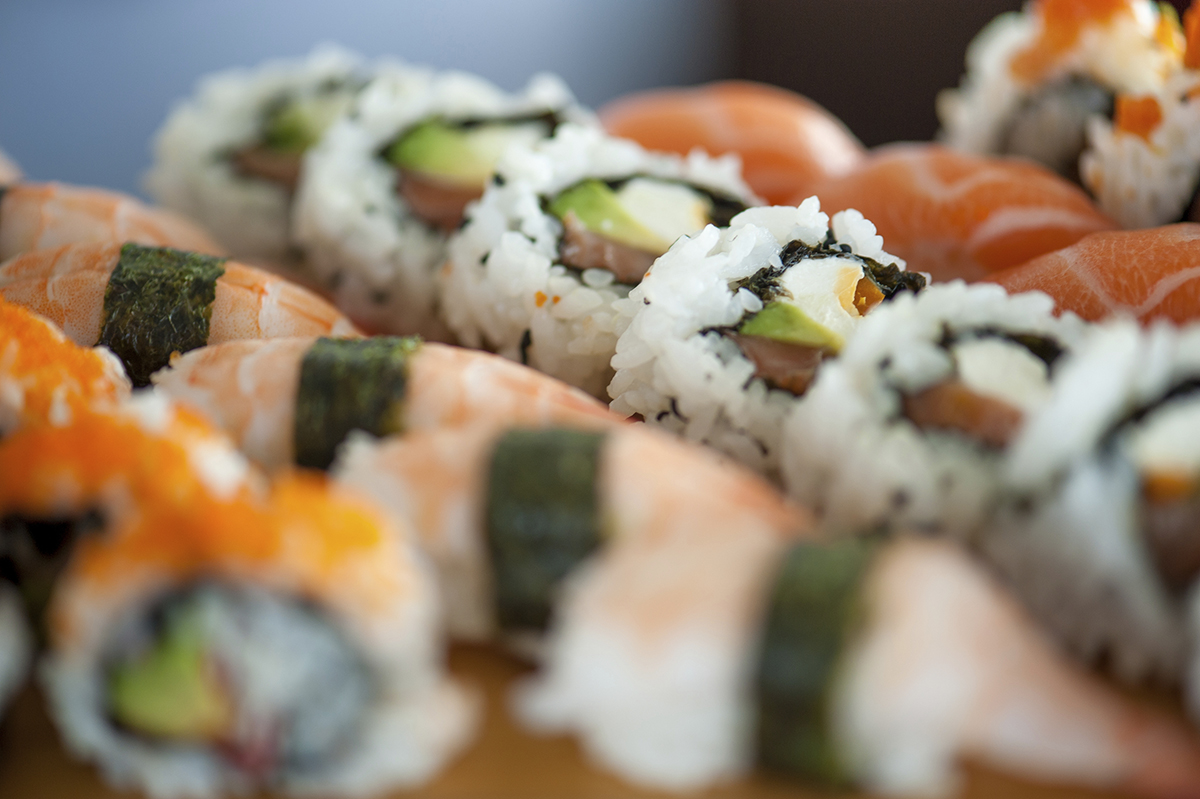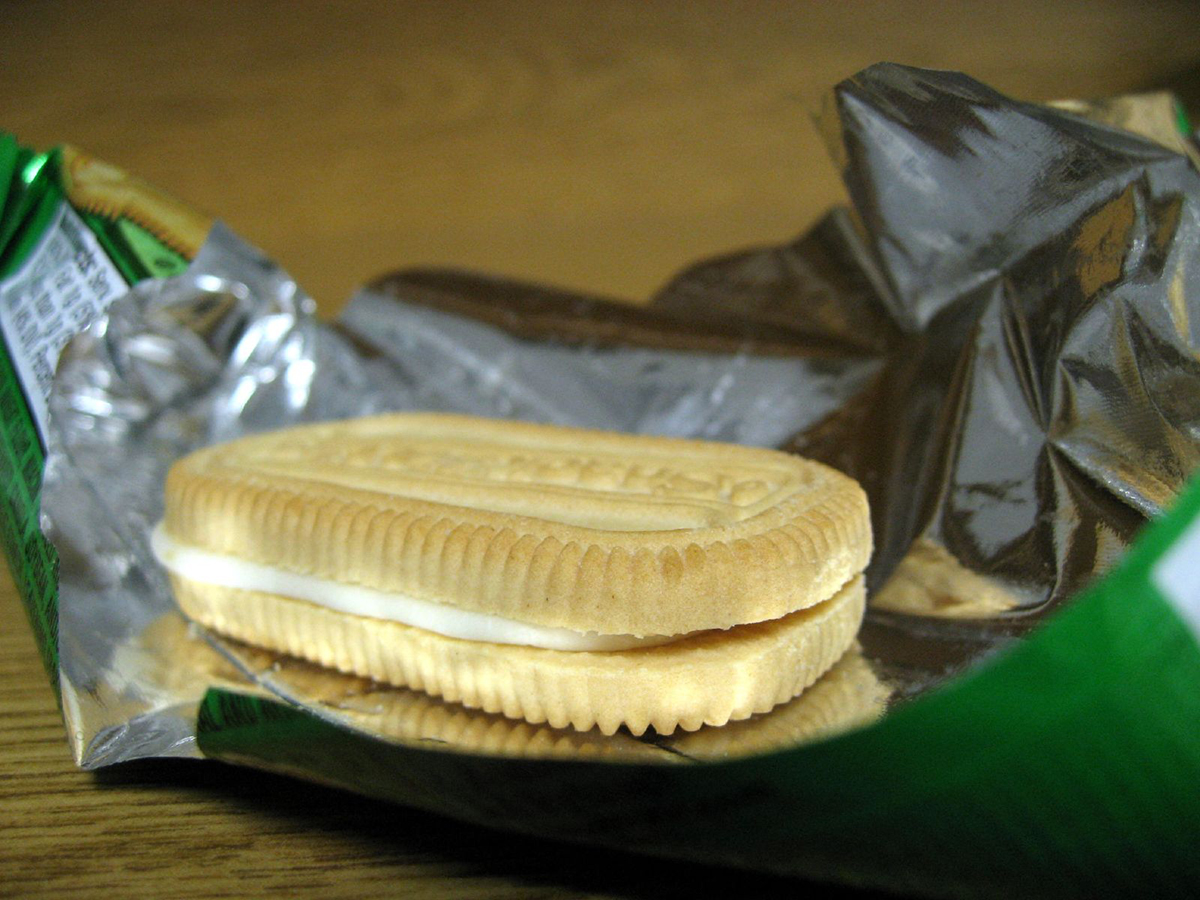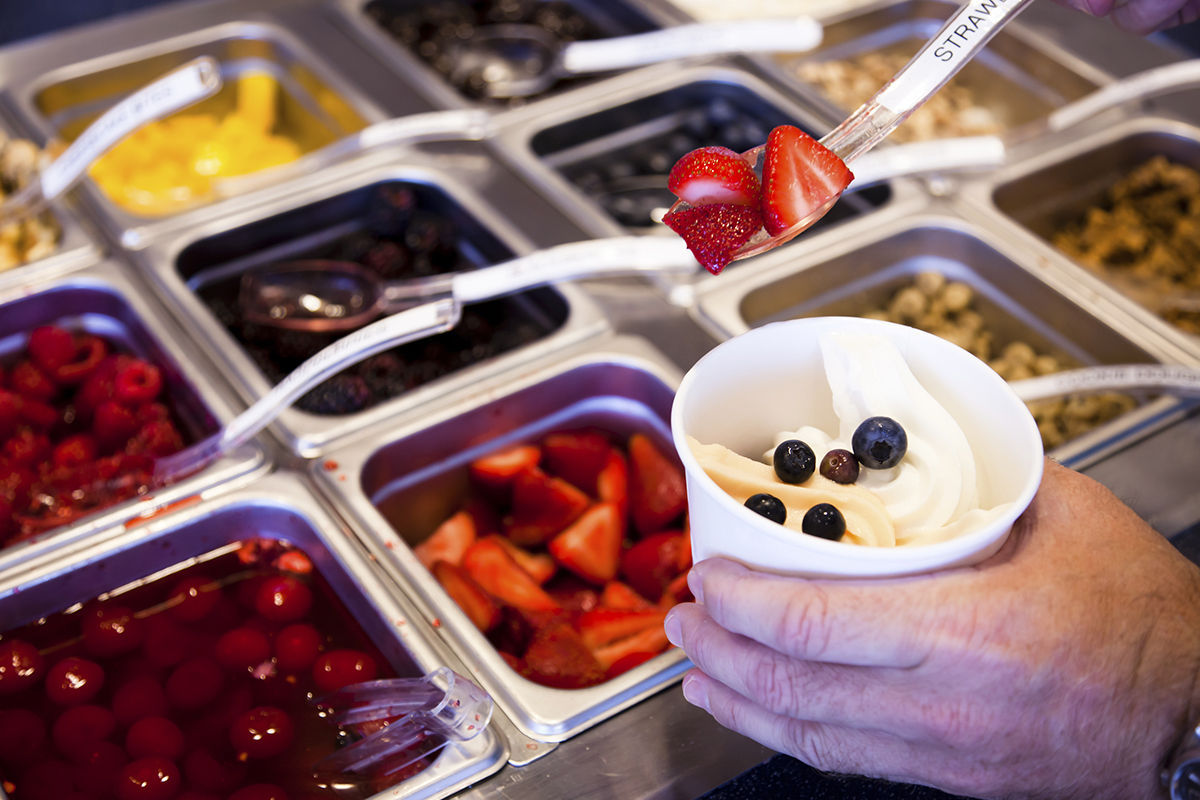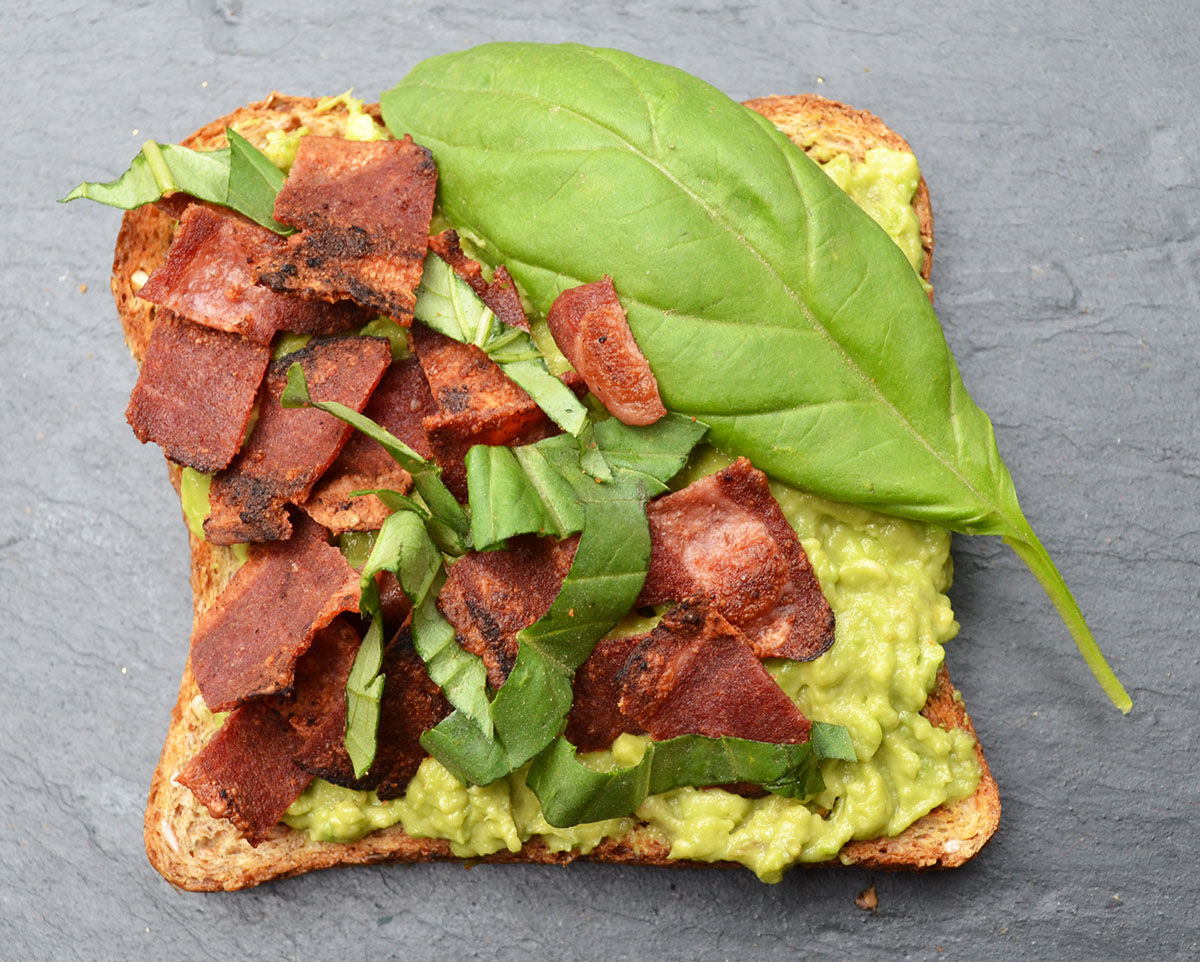From Kiwi to Quinoa: Which Health Food Trends Still Make the Cut?
Remember the days before kale, quinoa, and Cronuts? Cosmopolitan does.
The magazine published a visual timeline of when trendy foods were at their trendiest, choosing one culinary fad for every year since 1970. It’s a fascinating look at how people ate back in the day—oh, to live in the heady, fondue-soaked heydays of 1973—and at the rise of health as a bonafide food craze.
You probably won’t be surprised to find, however, that some of the foods considered healthy a few decades ago aren’t exactly up to snuff in 2016. We selected some trendy “health foods” from the timeline, and asked registered dietitian Lauren Mayer which have stood the test of time.

Photo by Asia Bradlee
Granola
The year: 1974
Then: “In the ’60s, health food was for hippies, but it went mainstream in the ’70s, and granola made an appealing ambassador of the movement,” writes Cosmo’s Helin Jung.
Now: “Nutritional red flag,” Mayer says. “Granola is made with healthy ingredients and then generally ruined with too much added oil and sugar.”

Photo via istock.com/Chance Agrella
Goat Cheese Salad
The year: 1979
Then: “If you were bougie in the late ’70s, you were eating fresh goat cheese,” Jung writes.
Now: “This is essentially gourmet mozzarella sticks,” Mayer says, “but at least you get some vegetables from the salad portion.”

Photo by Areta Ekarafi on Flickr/Creative Commons
Kiwi
The year: 1981
Then: “They were decorating salads, meat dishes, and tarts everywhere by the early ’80s,” Jung writes.
Now: “An unadulterated fruit is always healthy,” Mayer says.

Photo via istock.com/Spiderplay
Sushi
The year: 1988
Then: “…A whole generation decided that not only was seafood healthy, it was especially healthy if eaten raw,” according to Schindler’s American Dish.
Now: “There is a surprising amount of rice in a sushi roll, and it is generally white rice,” Mayer says. “Choose brown rice for more fiber and opt for lean protein fillings.”

Photo by Malingering on Flickr/Creative Commons
Low-Fat Everything
The year: 1994
Then: “Americans were already in the midst of an obesity epidemic,” Jung writes. “Dietary fat became the scapegoat.”
Now: “[In processed foods,] ‘low-fat’ is code for ‘filled with sugar and additives,'” Mayer says.

Photo by Miriam Wilcox on Flickr/Creative Commons
Smoothies
The year: 2000
Then: Fueled by Jamba Juice, Jung writes, smoothies burst into the mainstream.
Now: “Smoothies can go very wrong, very quickly—it is too easy to add excessive ingredients,” Mayer says. “Keep each smoothie to one cup of fruit maximum, and balance the sugar content with a healthy fat such as almond butter or avocado.”

Photo by m01229 on Flickr/Creative Commons
Low-Carb Foods
The year: 2003
Then: “Carbs were evil incarnate in the early 2000s,” Jung writes.
Now: “When carbohydrates are removed, something has to be added,” Mayer says. “Watch out for processed low-carb foods that contain sugar substitutes and unhealthy, added fats.”

Photo via istock.com/Mie Ahmt
Frozen Yogurt
The year: 2006
Then: You can thank Pinkberry, basically.
Now: “It’s dessert,” Mayer says. End of story.

Photo by deedavee easyflow via Flickr/Creative Commons
Kale
The year: 2012
Then: The Big Kahuna of health trends, Time reported in 2012 that, “you couldn’t turn around without bumping into a leaf of the innocuous plant.”
Now: “An unprocessed and healthy choice,” Mayer says.

Quinoa photo by Daniel Lobo on Flickr/Creative Commons
Quinoa
The year: 2014
Then: “Quinoa, not only a superfood but also gluten-free, reigned supreme” this year, Jung writes.
Now: “A healthy, high-protein and high-fiber pseudo-grain,” Mayer says.

Photo via Asia Bradlee
Avocado Toast
The year: 2015
Then: “If you weren’t putting avocado on your toast for breakfast in 2015, I don’t know, what were you doing?” Jung asks.
Now: The trend is still going strong. “Healthy fats and fiber make avocado an excellent toast topper,” Mayer says.
You can see the full timeline here.


